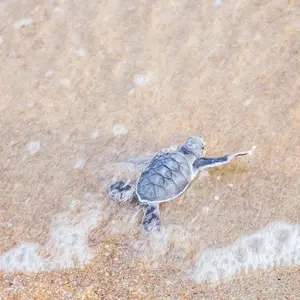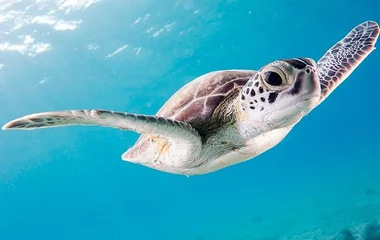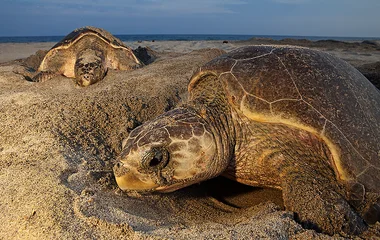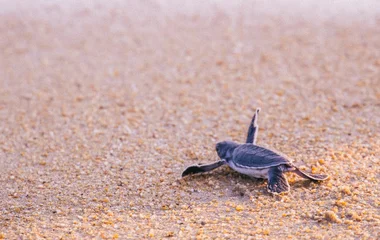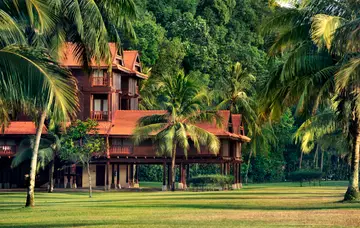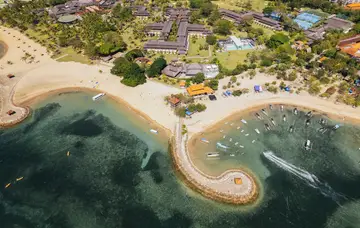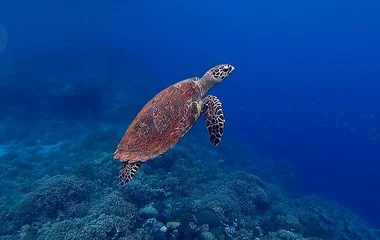
Hawksbill Turtle
Hawksbill turtles (Eretmochelys imbricata), also known as Penyu Karah or Penyu Sisik in Bahasa Malaysia are named after their narrow, pointed beak. Their thin, vibrantly coloured shells have a unique elaborate pattern of overlapping scales that form serrated edges, which are highly sought after as jewellery and ornaments. As a result, the Hawksbill turtle has become one of the critically endangered species of turtles in the region.
Hawksbill turtles can be found across the world’s tropical oceans, especially among coral reefs. With their beaks, they can feed on sponges, and also enjoy jellyfish and sea anemones. The shores of Malacca in West Malaysia sees 200 to 300 turtles, while the largest population of Hawksbills in the world can be found at the Turtle Islands in Sabah, where an average of 500 to 600 turtles nest each season.
